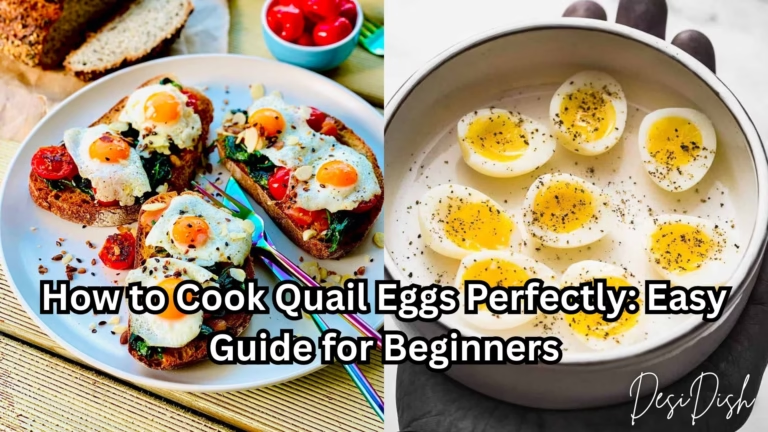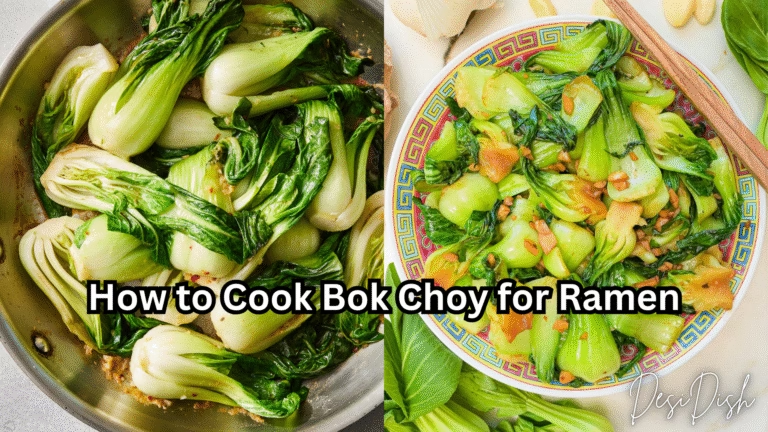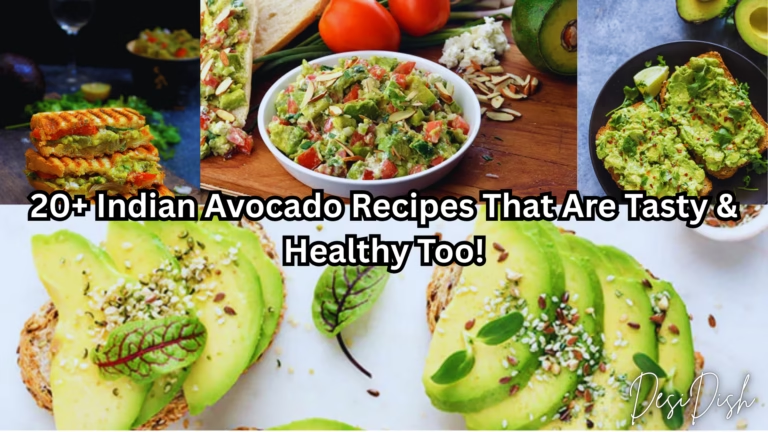Outline of the Article
- Introduction to Homemade Lattes
- What is a Latte?
- Why Make Lattes at Home?
- Tools You’ll Need for Homemade Lattes
- Espresso Machine vs. Alternative Methods
- Milk Frother: Manual vs. Electric
- The Basic Latte Recipe
- Ingredients Required
- Step-by-Step Instructions
- The Perfect Espresso Shot
- What Makes a Good Espresso Shot?
- Tips for Brewing at Home
- Choosing the Right Milk for Your Latte
- Dairy vs. Non-Dairy Options
- Best Practices for Steaming Milk
- Flavoring Your Latte
- Classic Flavors (Vanilla, Caramel, Mocha)
- Unique Flavor Combinations
- Seasonal Latte Ideas
- Pumpkin Spice Latte (Fall)
- Peppermint Mocha (Winter)
- Iced Latte Variations
- How to Make Iced Lattes at Home
- Cold Brew Lattes vs. Iced Lattes
- Latte Art Basics
- How to Make Simple Latte Art at Home
- Tips and Tricks for Beginners
- Healthier Latte Options
- Low-Sugar Lattes
- Using Almond or Oat Milk for a Healthier Twist
- Caffeine-Free Latte Alternatives
- Decaf Lattes
- Herbal and Tea-Based Lattes (Chai, Matcha)
- How to Store and Reheat Your Homemade Latte
- Storing in the Fridge
- Best Methods for Reheating
- Troubleshooting Your Latte
- Common Mistakes and How to Fix Them
- Frothing Problems and Solutions
- The Joy of Experimenting with Homemade Lattes
- Creating Your Own Signature Recipe
- Sharing with Friends and Family
- Conclusion: Enjoy the Art of Homemade Lattes
- Recap of Key Points
- Encouragement to Try Your Own Latte Creations
Introduction to Homemade Lattes
Lattes are one of the most popular coffee beverages worldwide. That rich espresso combined with creamy milk, topped with a light froth—what’s not to love? But did you know you can create the perfect latte in the comfort of your own home? If you’re a coffee lover who wants to skip the coffee shop lines, learning how to make a homemade latte is easier (and more rewarding) than you might think.
What is a Latte?
A latte, also known as “caffè latte,” is a coffee beverage crafted from espresso and steamed milk. The word “latte” comes from the Italian word for milk, and the drink typically consists of one-third espresso and two-thirds steamed milk, topped with a thin layer of milk froth.
Why Make Lattes at Home?
Sure, grabbing a latte from your local coffee shop is convenient, but making your own at home comes with plenty of perks. You can customize your latte to your exact taste preferences, save money, and enjoy your coffee without ever leaving the house. Plus, it’s a fun skill to master!
Tools You’ll Need for Homemade Lattes
Espresso Machine vs. Alternative Methods
The most traditional way to brew a latte is with an espresso machine. However, you can still make a great latte at home without one. Here are a few alternatives:
- Moka Pot: Brews a concentrated coffee that can be used in place of espresso.
- AeroPress: Can brew a strong coffee, though it’s not quite as intense as espresso.
- French Press: While it won’t create espresso, it can still brew a bold coffee base for a latte.
Milk Frother: Manual vs. Electric
Frothing milk is essential to crafting the perfect latte. You can use either a manual or electric milk frother to achieve that light, airy texture. Manual frothers require a bit more work, but electric ones will get the job done with the press of a button.
The Basic Latte Recipe
Let’s dive into the essentials of making a latte at home.
Ingredients Required
- One shot of espresso or a strong cup of brewed coffee
- 1 cup of milk (dairy or non-dairy)
- Sweeteners or flavors (optional)
Step-by-Step Instructions
- Brew your espresso. If you don’t have an espresso machine, brew strong coffee using a Moka pot or AeroPress.
- Steam your milk. Heat your milk on the stovetop or use a microwave. Use a milk frother to create a nice foam.
- Pour espresso into your cup. Add your brewed espresso to a cup.
- Add steamed milk. Gently pour the steamed milk into the cup containing the espresso.
- Top with froth. Spoon the foam on top for that classic latte finish.
The Perfect Espresso Shot
What Makes a Good Espresso Shot?
A good espresso shot has a deep, rich flavor and a smooth texture. It should be brewed within 25-30 seconds and have a layer of crema on top.
Tips for Brewing at Home
- Use freshly ground coffee beans. The fresher, the better!
- Use the right grind size. For espresso, target a very fine grind.
- Tamp your coffee grounds evenly. This helps ensure a balanced extraction.
Choosing the Right Milk for Your Latte
Dairy vs. Non-Dairy Options
Whether you prefer whole milk, almond milk, or oat milk, you can make a delicious latte with any milk. Here’s a quick guide:
- Whole milk: Offers a rich, creamy texture.
- Almond milk: provides a subtle nutty taste and contains fewer calories.
- Oat milk: Provides a slightly sweet flavor and creamy texture, perfect for frothing.
Best Practices for Steaming Milk
To achieve that perfect frothy milk, avoid overheating. Aim for 150°F (65°C), and stop frothing when bubbles become tiny and dense.
Flavoring Your Latte
Classic Flavors (Vanilla, Caramel, Mocha)
Enhance your latte with classic flavors by adding syrups like vanilla, caramel, or chocolate before you pour in the steamed milk.
Unique Flavor Combinations
Feeling adventurous? Try adding unexpected flavors like lavender, hazelnut, or cinnamon for a unique twist.
Seasonal Latte Ideas
Pumpkin Spice Latte (Fall)
Nothing says fall like a warm pumpkin spice latte. Add a pumpkin spice syrup to your homemade latte for that iconic flavor.
Peppermint Mocha (Winter)
For a winter treat, mix in some peppermint syrup with your mocha latte. It’s the perfect holiday indulgence!
Iced Latte Variations
How to Make Iced Lattes at Home
For an iced latte, simply brew your espresso, pour it over ice, and add cold milk. No need to froth the milk!
Cold Brew Lattes vs. Iced Lattes
A cold brew latte is made using cold brew coffee as the base, which is less acidic and smoother than espresso. Both make for a refreshing treat on a hot day.
Latte Art Basics
How to Make Simple Latte Art at Home
To make latte art, pour the steamed milk slowly and steadily into your espresso while tilting the cup. As the milk fills the cup, use a swift wrist motion to create patterns like hearts or rosettas.
Tips and Tricks for Beginners
- Consistency is crucial—don’t be disheartened if your initial efforts aren’t flawless!
- Use whole milk for the best froth texture.
Healthier Latte Options
Low-Sugar Lattes
Opt for unsweetened syrups or natural sweeteners like stevia to cut down on sugar without sacrificing flavor.
Using Almond or Oat Milk for a Healthier Twist
Almond and oat milk are lower in calories than whole milk, making them great alternatives for a lighter latte.
Caffeine-Free Latte Alternatives
Decaf Lattes
If you’re avoiding caffeine, you can still enjoy a delicious latte by using decaf coffee.
Herbal and Tea-Based Lattes (Chai, Matcha)
Chai lattes and matcha lattes are popular alternatives to coffee-based drinks, offering a caffeine boost from tea instead.
How to Store and Reheat Your Homemade Latte
Storing in the Fridge
You can store your latte in the fridge for up to two days. Just make sure to use an airtight container.
Best Methods for Reheating
Reheat your latte in the microwave, but be sure not to overheat it. Stir the milk to restore some of its original texture.
Troubleshooting Your Latte
Common Mistakes and How to Fix Them
- Overfrothed milk: Avoid making too many large bubbles by not over-frothing.
- Weak espresso: Use the right coffee-to-water ratio for a stronger shot.
The Joy of Experimenting with Homemade Lattes
Creating Your Own Signature Recipe
Once you’ve mastered the basics, start experimenting with different flavors, milk types, and coffee beans to create your own signature latte.
Sharing with Friends and Family
Invite friends over for a latte party and impress them with your new barista skills!
Conclusion: Enjoy the Art of Homemade Lattes
Making a homemade latte is an enjoyable and rewarding experience that allows you to experiment with flavors, perfect your brewing technique, and save money. Whether you’re creating a simple classic or trying out a seasonal variation, the possibilities are endless. So, what are you waiting for? Grab your espresso machine, froth some milk, and start crafting your perfect homemade latte today!
FAQs
- Can I make a latte without an espresso machine?
Yes! You can use a Moka pot or AeroPress to brew strong coffee as a substitute for espresso. - What’s the best milk for frothing?
Whole milk creates the creamiest foam, but non-dairy options like oat milk also froth well. - How do I make a latte sweeter?
Add syrups like vanilla or caramel, or use a sweetener like sugar or honey. - Can I make an iced latte with hot espresso?
Yes, brew your espresso and pour it over ice before adding cold milk. - What’s the secret to good latte art?
Practice, patience, and using whole milk for better frothing are keys to mastering latte art.
For More Recipes, Subscribe Now: https://desidish.in/








I am extremely impressed together with your writing abilities as neatly as with the layout on your blog. Is this a paid topic or did you customize it yourself? Anyway keep up the excellent high quality writing, it is rare to see a nice blog like this one today!
thanks